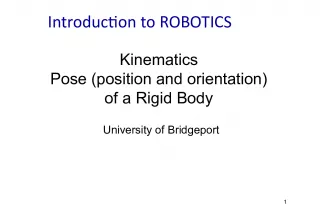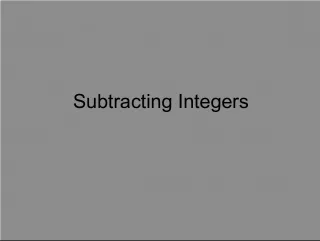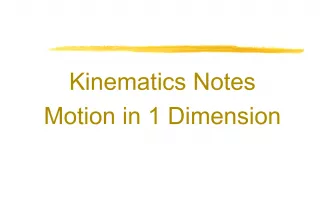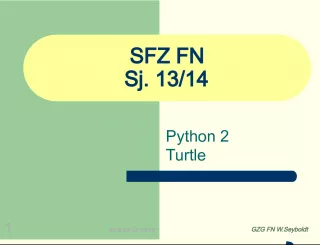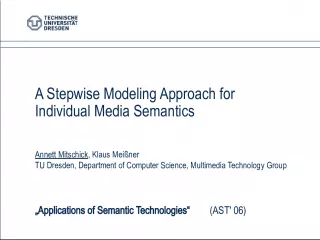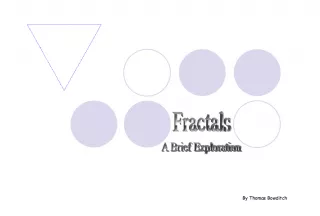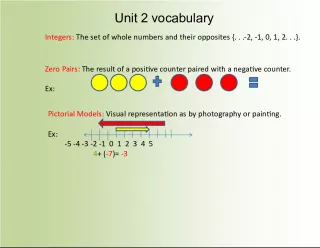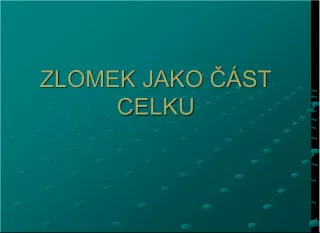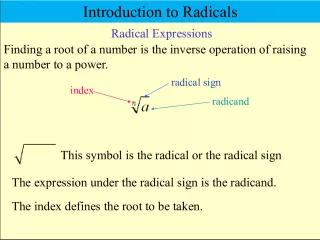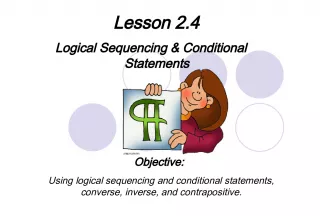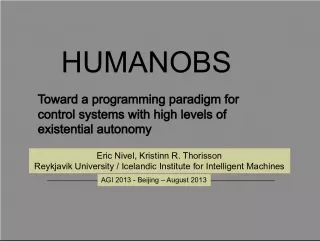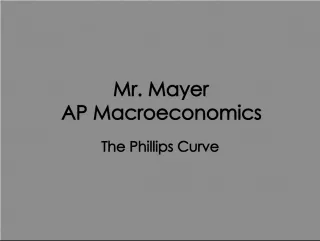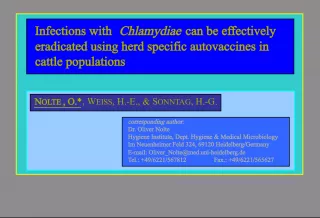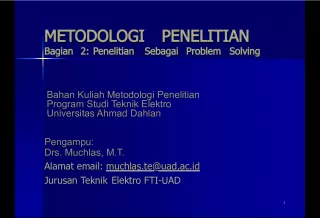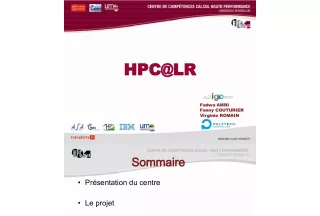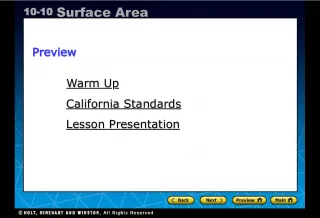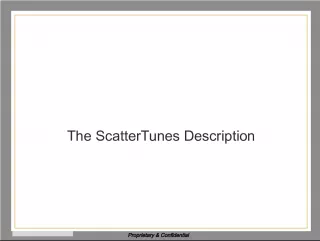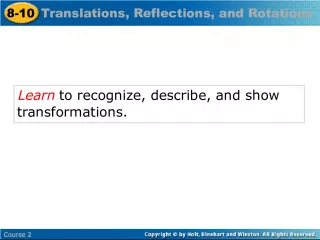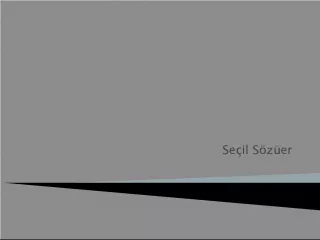Geometric Approach to Inverse Kinematics for PUMA Robot
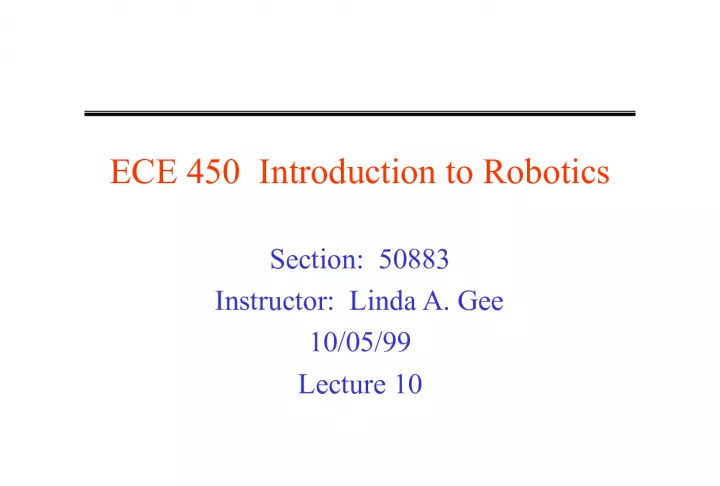

In this lecture, instructor Linda A. Gee introduces the geometric approach to inverse kinematics for a PUMA type robot with 6 link manipulator and rotary joints. The lecture includes three configuration indicators- arm, elbow, and wrist- to generate an arm solution for the manipulator.
- Uploaded on | 0 Views
-
 abraham
abraham
About Geometric Approach to Inverse Kinematics for PUMA Robot
PowerPoint presentation about 'Geometric Approach to Inverse Kinematics for PUMA Robot'. This presentation describes the topic on In this lecture, instructor Linda A. Gee introduces the geometric approach to inverse kinematics for a PUMA type robot with 6 link manipulator and rotary joints. The lecture includes three configuration indicators- arm, elbow, and wrist- to generate an arm solution for the manipulator.. The key topics included in this slideshow are Inverse kinematics, PUMA robot, geometric approach, arm solution, rotary joints,. Download this presentation absolutely free.
Presentation Transcript
1. ECE 450 Introduction to Robotics Section: 50883 Instructor: Linda A. Gee 10/05/99 Lecture 10
2. Lecture 10 2 Geometric Approach to Inverse Kinematics Purpose: To generate an arm solution for the manipulator Example: PUMA-type Robot 6-link manipulator with rotary joints There are three configuration indicators: ARM ELBOW WRIST
3. Lecture 10 3 PUMA Robot *Fu, page 37
4. Lecture 10 4 Inverse Kinematics Solution Properties Two solutions are associated with the first three joints (i = 1, 2, 3) One solution is associated with the last three joints (i = 4, 5, 6) By solving the arm solution geometrically, a consistent solution is found
5. Lecture 10 5 Inverse Kinematics Solution of PUMA Robot For a 6-axis PUMA robot arm Four solutions exist for the first three joints (i = 1, 2, 3) Two solutions exist for the last three joints (i = 4, 5, 6)
6. Lecture 10 6 Inverse Kinematics Solution contd The first two indicators lead to a solution (1 of 4) for the first three joints ARM ELBOW Third indicator leads to a solution (1 of 2) for the last three joints WRIST Arm configuration indicators are specified by the user for finding the inverse transform
7. Lecture 10 7 Inverse Kinematic Solution contd Calculate the solution in two steps: Derive a position vector that points from the shoulder to the wrist Obtain a solution to the joints (i = 1, 2, 3) by examining the projection of the position vector onto the x i-1 y i-1 plane Solve for the last three joints by using the calculated joint solution from the first three joints Use orientation submatrices 0 T i and i-1 A i (i = 4, 5, 6) Projection of link coordinate frames onto x i-1 y i-1 plane
8. Lecture 10 8 Inverse Kinematic Solution contd Given ref T tool , it is possible to find 0 T 6 by premultiplying ref T tool by B -1 postmultiplying ref T tool by H -1 Apply the joint-angle solution to 0 T 6 0 T 6 T = B -1 ref T tool H -1 = n x s x a x p x n y s y a y p y n z s z a z p z 0 0 0 1
9. Lecture 10 9 Definition of Arm Configurations RIGHT (shoulder) ARM positive 2 moves the wrist in the positive z 0 direction while joint 3 is inactive LEFT (shoulder) ARM positive 2 moves the wrist in the negative z 0 direction while joint 3 is inactive
10. Lecture 10 10 Arm Configurations contd ABOVE ARM (elbow above wrist) position of wrist of RIGHT/LEFT arm w.r.t. shoulder coordinate system has negative/positive coordinate value along the y 2 axis BELOW ARM (elbow below wrist) position of wrist of RIGHT/LEFT arm w.r.t. shoulder coordinate system has negative/positive coordinate value along the y 2 axis
11. Lecture 10 11 Arm Configurations contd WRIST DOWN the s unit vector of the hand coordinate system and the y 5 unit vector of (x 5 , y 5 , z 5 ) coordinate system have a positive dot product WRIST UP the s unit vector of the hand coordinate system and the y 5 unit vector of (x 5 , y 5 , z 5 ) coordinate system have a negative dot product
12. Lecture 10 12 Arm Configurations and Solutions Two indicators are defined for each arm configuration ARM ELBOW Combine these to yield one solution of four possible for the first three joints Third indicator WRIST gives one solution of two possible for the last three joints
13. Lecture 10 13 Indicator Definitions ARM +1: RIGHT arm -1: LEFT arm ELBOW +1: ABOVE arm -1: BELOW arm WRIST +1: WRIST DOWN -1: WRIST UP FLIP +1: Flip wrist orientation -1: Remains stationary
14. Lecture 10 14 Arm Configurations *Fu, Page 63
15. Lecture 10 15 Arm Solution for the First Three Joints (i = 1, 2, 3) For the PUMA robot, Define a position vector, p , that points from the origin of the shoulder coordinate system (x 0 , y 0 , z 0 ) to the point of intersection of the last three joints p = p 6 - d 6 a = (p x , p y , p z ) T which represents the position vector 0 T 4
16. Lecture 10 16 Hand Coordinate System *Fu, page 43
17. Lecture 10 17 Arm Solution for the First Three Joints contd = C 1 (a 2 C 2 + a 3 C 23 + d 4 S 23 ) - d 2 S 1 S 1 (a 2 C 2 + a 3 C 23 + d 4 S 23 ) +d 2 C 1 d 4 C 23 - a 3 S 23 - a 2 S 2 p x p y p z Position vector 0 T 4 :
18. Lecture 10 18 Joint 1 Solution Method Project p onto the x 0 y 0 plane Solve for 1 in terms of sin 1 and cos 1 1 = tan -1 (sin 1 /cos 1 )
19. Lecture 10 19 Joint 1 Solution Setup (p x , p y ) B x 0 y 0 O A 1 L = - X 1 L Z 1 L radius = d2 (p x , p y ) B x 0 y 0 O A X 1 R Z 1 R 1 R = + + Left Arm Right Arm
